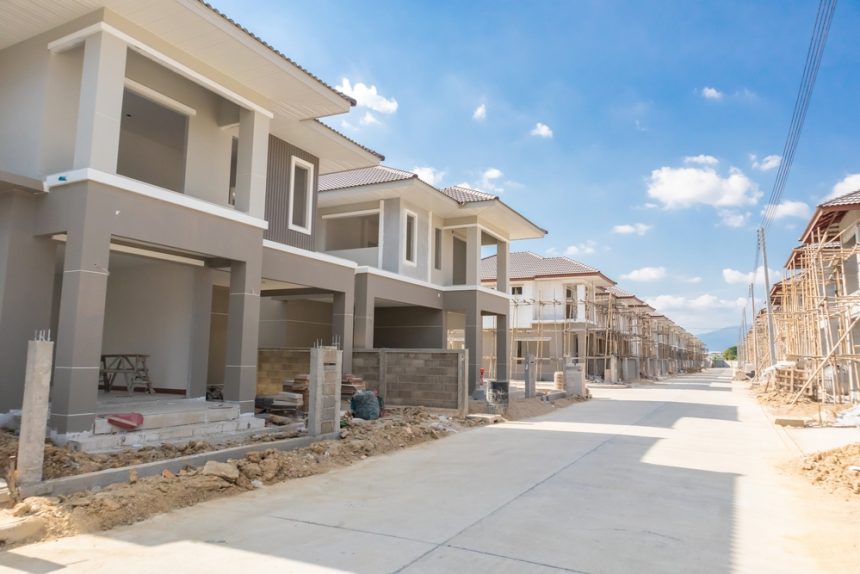80 per cent of new homes that could have been built under government housing policies will never see a shovel hit the ground, thanks to contentious industrial relation reforms and volatile economic conditions.
Fresh modelling by the Centre for International Economics (CIE) revealed that any economic benefits from Labor’s latest round of home building initiatives will be cancelled out over the next five years, jeopardising the future of Albo’s ambitious target of building 1.2 million homes by 2029.
The research, commissioned by Master Builders Australia, predicted the current housing measures would deliver 42,882 new homes, increase construction output by $19.6bn, create 27,140 new jobs and contribute $8.2bn to Australia’s GDP over a five-year period.
However, nearly all these benefits were forecasted to be wiped out thanks to a killer combination of the government’s changes to workplace laws, tradie shortages and a steep inflation in raw materials costs.
According to Master Builders CEO Denita Wawn, the industry was caught in the midst of a “productivity maelstrom.”
“For the building and construction sector to prosper, and if the ambition to deliver more housing is to be met, addressing productivity constraints is a must,” she said.
“We have heard a lot of talk from the government about lifting productivity, but it is now time for action.”
After factoring these problems plaguing the industry, the modelling painted a bleak picture for new home-building starts with a potential reduction of more than 34,220 homes (80 per cent) over five years.
These industry woes are also expected to negate the positive impacts of the government’s housing policies, delivering a $27.9bn hit to construction output, a loss of almost 55,000 jobs, and a whopping $414.7bn reduction in economic activity over five years.
The news comes after experts raised alarm bells earlier this year over the industry’s ability to pump out the 240,000 homes a year needed for the Accords, as the sector continues to struggle under declining productivity rates, blown-out construction costs and belated build times.
IR reforms hit business where it hurts
Despite the grave prediction, Ms Wawn said this analysis was actually the “best-case scenario”, with the outcome expected to “likely worsen when the full package of industrial relations reforms and current union-led pattern EBA negotiations have been finalised.”
According to the CIE modelling, the newly-imposed industrial relation reforms would have the biggest impact on home builds over the next five years, reducing them by 15,340 homes, and would be solely responsible for reducing the construction output by $15.9bn.
In comparison, labour shortages and materials price growth are set to only slash new home starts by 13,175 and 5712 and reduce construction by $7.7bn and $4.3bn, respectively.
Ms Wawn said the reforms and abolition of an industry-specific regulator were largely responsible for increasing “uncertainty, legal risk and costs” for businesses and consumers.
“It is crucial to enforce existing laws more effectively, condemning those who break them and ensuring rogue operators face the full force of the law,” she added.
“There must be a better approach to the level of risk involved in building and construction so that it is shared more fairly by everyone in the chain and not simply loaded onto builders.







